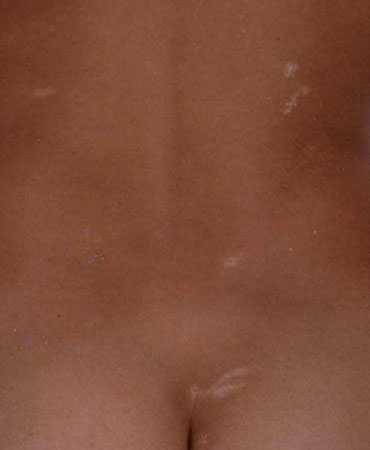Summary
Definition
History and exam
Key diagnostic factors
- presence of risk factors
- spasms
- head nodding
- neurodevelopmental delay or regression
Other diagnostic factors
- onset age 3-12 months
- perinatal complication
- abnormal eye movements
- microcephaly
- ash-leaf macules
- motor system abnormalities
Risk factors
- brain malformation
- neurocutaneous abnormalities
- antenatal or perinatal vascular event
- intrauterine or perinatal infections
- inherited metabolic disorder
- genetic disorders
- family history
- neonatal sinovenous thrombosis
- postnatal brain injury
- brain tumours
Diagnostic investigations
1st investigations to order
- sleep electroencephalogram (EEG)
- full blood count
- urea and electrolytes
- plasma glucose
- serum calcium
- serum magnesium
- liver function tests
- ammonia
- blood gas
- plasma lactate/pyruvate
- plasma amino acids
- urine organic acids
- acylcarnitines (blood spot)
- biotinidase
- urine alpha-amino adipic semialdehyde dehydrogenase (AASA)
- urine and plasma creatine and guanidinoacetate
- next-generation sequencing: gene panel/whole-exome sequencing/whole-genome sequencing
- microarray comparative genome hybridisation (CGH)
- brain MRI
Investigations to consider
- cerebrospinal fluid (CSF) examination
- thyroid function tests (free thyroxine [FT4], thyroid-stimulating hormone [TSH])
- plasma transferrin glycoforms
- very long-chain fatty acids
- serum copper, ceruloplasmin
- urine sulfocysteine
- CT brain
- cytomegalovirus (CMV) culture, polymerase chain reaction (PCR), or serology
- toxoplasmosis serology
- echocardiogram
- renal ultrasound
- ophthalmology examination
Treatment algorithm
Contributors
Authors
Robert Robinson, MA, MBBS, FRCP, PhD
Consultant Paediatric Neurologist
Great Ormond Street Hospital
London
UK
Disclosures
RR declares that he has no competing interests.
Sarah Buts, MD
Clinical Fellow in Paediatric Neurology
Great Ormond Street Hospital
London
UK
Disclosures
SB declares that she has no competing interests.
Acknowledgements
Dr Robert Robinson and Dr Sarah Buts would like to gratefully acknowledge Dr Katharina Vezyroglou, Dr Marjorie Illingworth, Dr Pradnya Gadgil, Dr Teesta Soman, and Dr Shelly Weiss, previous contributors to this topic.
Disclosures
KV, MI, PG, TS, and SW declare that they have no competing interests.
Peer reviewers
Gregory L. Holmes, MD
Section Chief of Neurology
Dartmouth-Hitchcock Medical Center
Lebanon
NH
Disclosures
GLH declares that he has no competing interests.
Maria Roberta Cilio, MD, PhD
Attending Pediatric Neurologist
Division of Neurology
Bambino Gesu Children's Hospital
Rome
Italy
Disclosures
MRC declares that she has no competing interests.
Lionel Carmant, MD
Professor of Neurology
Department of Pediatrics
University of Montreal
Director of Epilepsy Clinic and Research Group
Saint Justine Hospital
Montreal
QC
Canada
Disclosures
LC declares that he has no competing interests.
Use of this content is subject to our disclaimer
